Watch Sessions On-Demand Now
Join us for the latest edition of Roadmap to Modernization, where government leaders reveal how they are turning insights and ideas into action through the use of new technologies such as AI and RPA and the adoption of Cloud. We’ll also discuss how they are thinking differently though Agile and DevSecOps to bring new technologies quickly to the edge. You won’t want to miss this installment of Roadmap to Modernization; register today!
